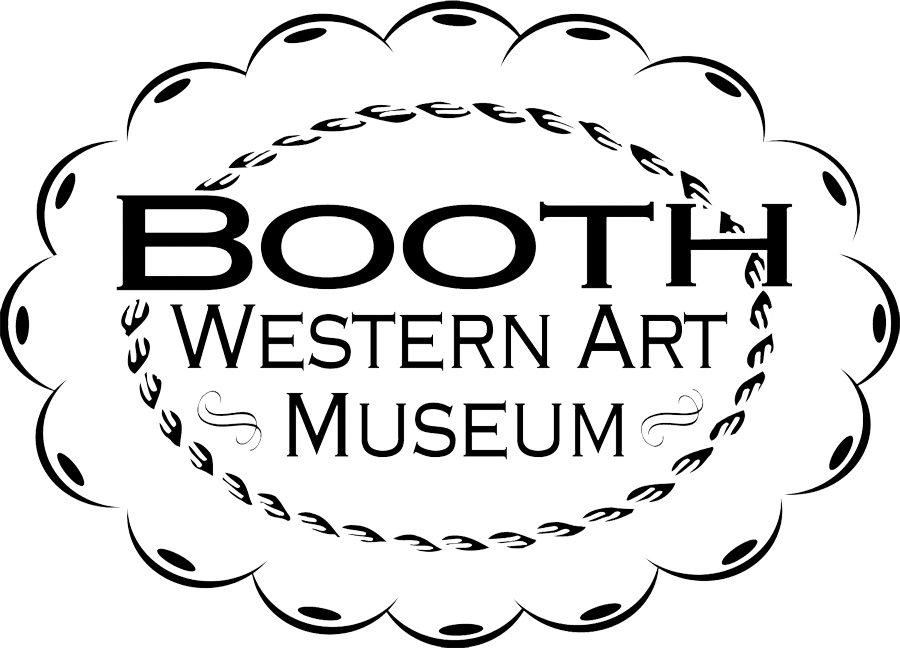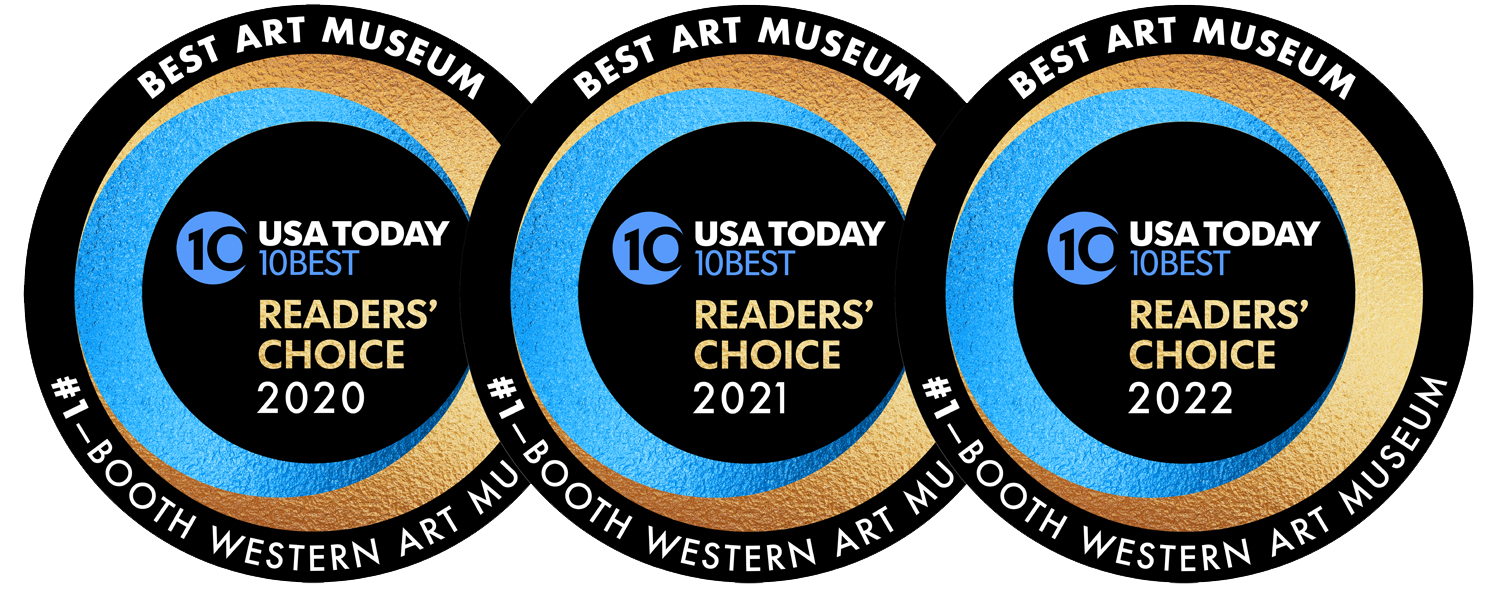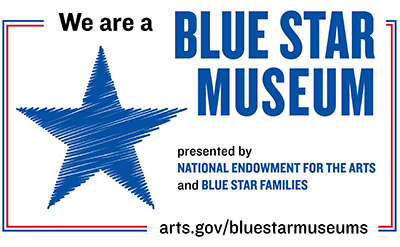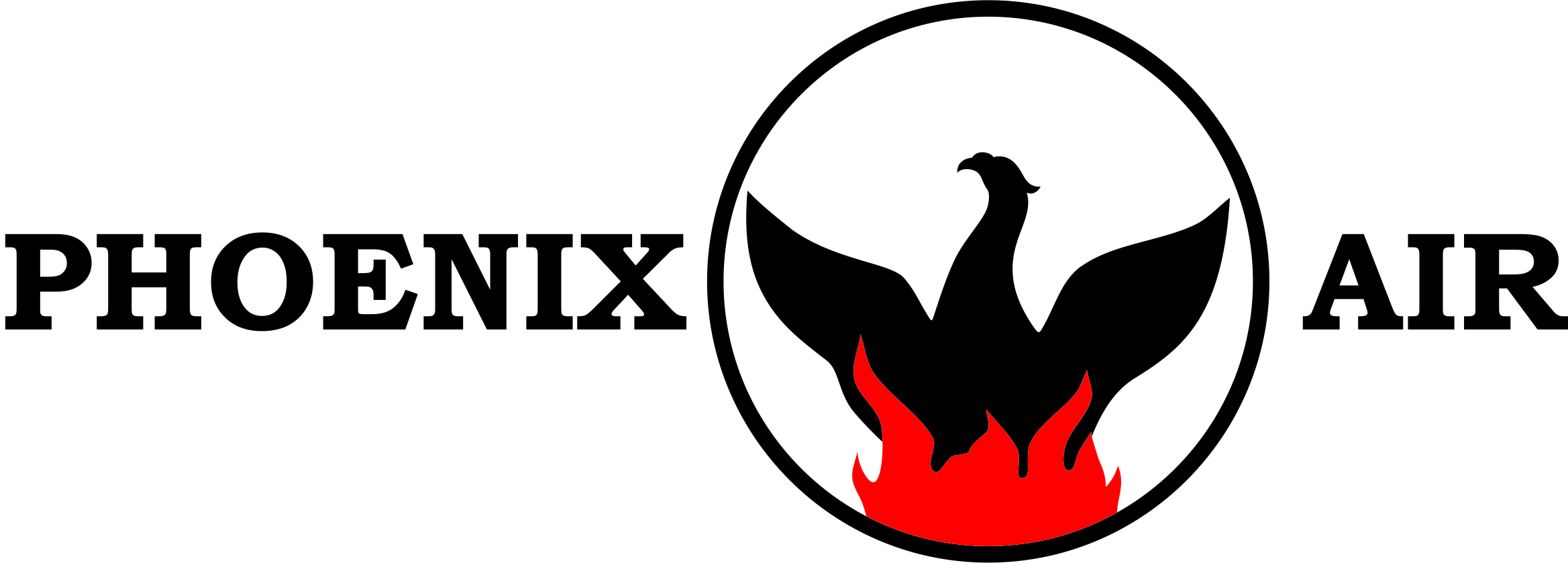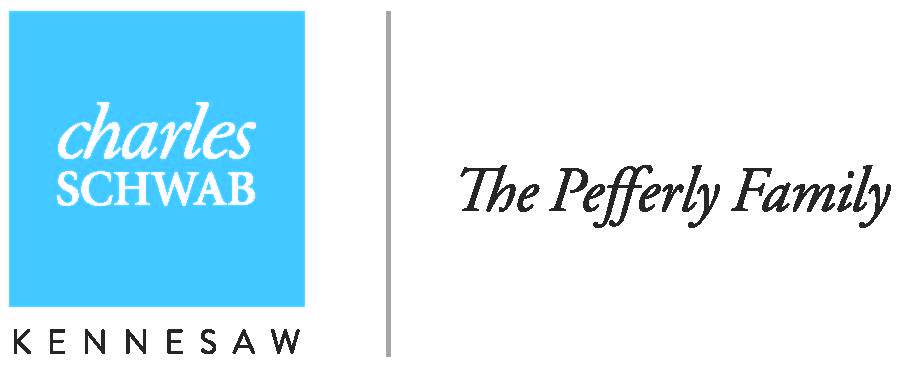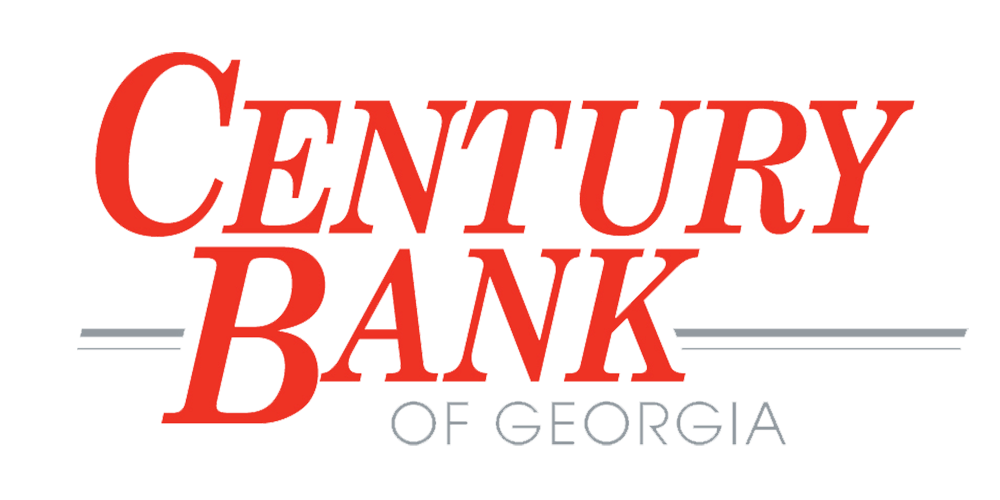How has the ability to speak in foreign languages evolved over the history of the American presidency? Of our 46 presidents, 21 could speak at least one language other than English. But the overall linguistic trend may be the opposite of what you think.
Many of our first presidents had command of multiple languages, reading, writing, and conversing in French, German, Latin, Greek, Italian, Hebrew, and Dutch.
This fluency among our early presidents came from two primary factors. First, 17th century studies placed great emphasis on the classical languages of Latin and Greek. The other factor involved government assignments in foreign capitals. John Adams, Thomas Jefferson, James Monroe, and John Quincy Adams all represented our country on foreign soil in multi-year assignments, allowing them significant exposure to the local language.
John Quincy Adams could speak seven languages, four fluently (French, Dutch, Latin and German), and three partially (Russian, Greek, and Italian). He prided himself on gaining and maintaining fluency, rising early in the morning to translate one page of English to the language he wished to master.
Thomas Jefferson could speak five languages, 3 fluently (French, Latin and Italian), and 2 partially (Greek and Spanish). It’s said that he picked up Spanish on a 19-day crossing of the Atlantic by reading a primer and Don Quixote.
In the 19th and early 20th centuries, many of the presidents could speak at least one foreign language. Theodore and Franklin Roosevelt could each speak three. Each of them gained their fluency in German and French due to their tutoring by governesses imported for the task, or from extended travels with their families.
But interestingly, as the 20th century rolled on, fewer and fewer presidents could speak a language other than English.
Only one of our most recent ten presidents could speak one: Bill Clinton could do a passable German. The other nine recent presidents either spoke no foreign language or could only partially do so. George W. Bush and Jimmy Carter made stabs at Spanish, and Barack Obama knew a few phrases of Indonesian from his early years.
What is the root cause of this trend? One would think that, given our modern globally connected world, being able to converse in foreign languages would be helpful, and that such skills would have become more relevant than ever in the 21st century, right?
Not so much. Since 1900 the world has evolved with the acceleration of English as the dominant language in many forums, allowing our modern presidents to focus their energies less on learning and maintaining foreign language skills, and more on building their skills in economics and world affairs. In an increasingly connected world, English has assumed a position as the dominant language of global communication, and presidents are part of that trend.
That said, there have been some memorable situations or public displays of presidents using foreign languages over the years.
Herbert Hoover was fluent in Latin and Mandarin Chinese. He and his wife Lou painstakingly translated a classic mining text from Latin to English so he could benefit in his early, very successful mining career. Later, after working for the Chinese Emperor on a mining contract and getting caught in the Boxer Rebellion, Hoover and Lou would frequently speak to each other in Chinese when they didn’t want others around them to eavesdrop on their conversations.
One of the most famous presidential speeches involving purposeful use of foreign phrases was given by one of the presidents who could not speak a foreign language at all. In 1963, John F. Kennedy spoke to a massive crowd of 120,000 in Berlin. At the height of the Cold War, he delivered an eloquent speech aimed at both the Germans before him and the Russians listening in. He said “Ich bin Ein Berliner!”, meaning “I am a Berliner!”. Some say it was his best speech, powerfully providing inspiration to a city torn in half by the Berlin Wall.
As noted, Bill Clinton spoke German. As president, in 1994 he too had an opportunity to address a large crowd at the Brandenburg Gate in Berlin. Like Kennedy, he sprinkled his speech with German phrases, much to the joy of the German people.
The trend away from fluency in foreign language among our presidents is now well established. In the future, it’s unlikely we’ll see presidents conversing with foreign leaders, their constituents, or others in any language other than English.
Interested in learning more about the presidents? Visit the Carolyn & James Millar Presidential Gallery on the upper level of the Booth Western Art Museum. The gallery features original letters and photographs of every U.S. president. Learn more at www.boothmuseum.org.
